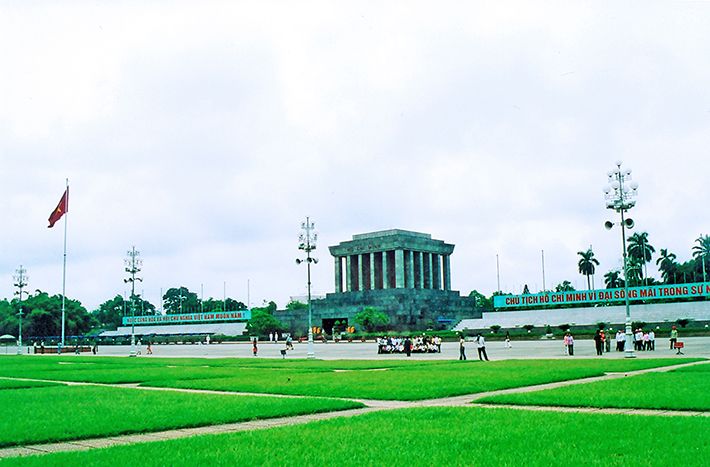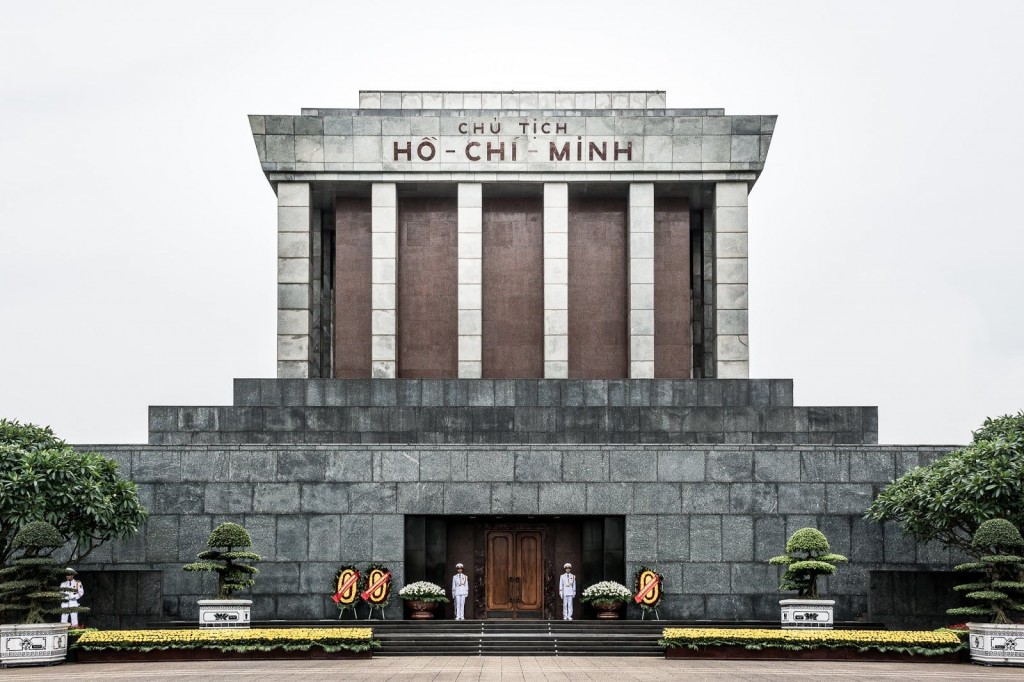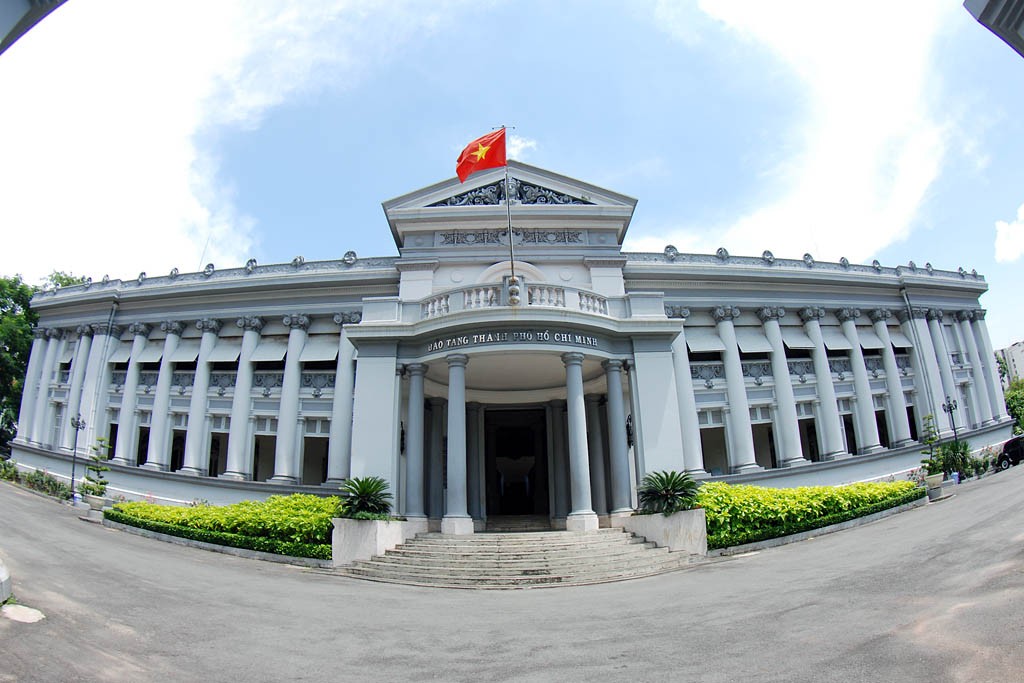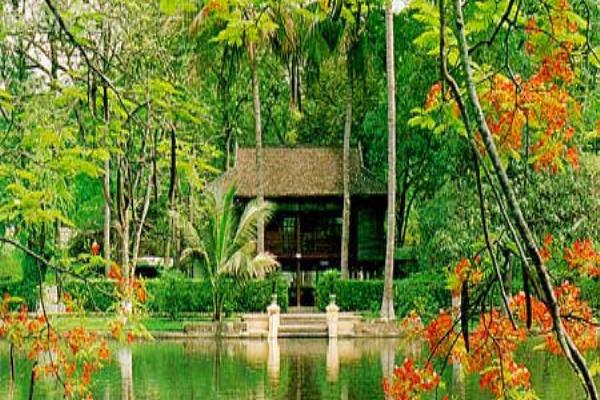AMAZING FACTS ABOUT HO CHI MINH MAUSOLEUM
Ho Chi Minh, who all Vietnamese people call “father”, was a revolutionary, an international communist soldier and the first president of the Socialist Republic of Vietnam. He founded Vietnamese Communist Party and was one of the founders and leaders of the struggle for independence, territorial integrity for Vietnam in the 20th century. Furthermore, he was the author and reader of the Declaration of Independence of Vietnam on September 2, 1945 in Ba Dinh Square, Hanoi.
Ho Chi Minh mausoleum is one of the most popular stopping places for tourists among Hanoi’s attractions must see when coming to Hanoi.
Ho Chi Minh mausoleum location and architecture
The mausoleum is located on Hung Vuong Street, Ba Dinh district, Hanoi capital about 660km from ancient city of Hue was built in September 1973 and finished in August 1975 with 320m long, 100m wide, and 240 squares of green grass throughout the four seasons, following the architectural style of socialist realism and Lenin Mausoleum original in Russia. It is situated in the old stadium between Ba Dinh Square, where President Ho Chi Minh once chaired large rallies.

Ho Chi Minh mausoleum
What are special attractions at Ho Chi Minh Mausoleum
1. Uncle Ho’s Mausoleum
Approaching the mausoleum, the visitors will be in Ba Dinh Square with a wonderful large landscape which has a lot of green trees and flowers. Inside the mausoleum, Ho Chi Minh’s body is placed in a glass box which is made of black rock glitter. Through the transparent glass, Ho Chi Minh wearing faded khaki costumes, with a pair of rubber sandals under his feet.

2. Ho Chi Minh museum
The Museum is on display with three main parts:
- An exhibition on the life and revolutionary career of President Ho Chi Minh. This is the main content of the documentary, exhibits, documentary films, artwork in presenting systematically and is the main visiting itinerary.
- The second part displays the country of Vietnam, the struggle and victory of the Vietnamese people.
- And the last is garniture some of the world’s historical events which had an impact on President Ho Chi Minh’s revolutionary activities and Vietnamese revolution.

Ho Chi Minh museum
3. Presidential Palace & Ho Chi Minh’s Stilt House
Take the path that leads behind the mausoleum, the tourists will see the large yellow Presidential Palace which was the former home of the Governor General of Indochina. On the path, the visitors will come to a pond stocked with carp before arriving at the stilt house which was reputedly the home and workplace of Ho Chi Minh from 1958 until his death in 1969.

Ho Chi Minh’s Stilt House
What should note when visiting Ho Chi Minh mausoleum
- About dress: polite and serious, not too short clothes.
- About the attitude: do not make noise, disorder, go light, speak quietly, and line up in order.
- Children under 3 years old are not allowed in the mausoleum. If the visitors bring your little one, please pay attention.
- Put the luggage according to the regulations of the management of the mausoleum
- Do not take pictures or video recordings in the area, especially the area inside the mausoleum.
When to visit Ho Chi Minh mausoleum
- Opening time: 5 days per week, except Monday and Friday
- Cold seasons (from November to March): 8:00 a.m – 11:00 a.m
- Hot seasons (from April to October): 7:30 a.m – 10:30 a.m
- Closed in October or November each year for the body maintenance
Fee for visiting the mausoleum
- Free for entrance the mausoleum
- 25.000 VNĐ/ pax for Ho Chi Minh museum ticket
- 25.000 VNĐ/ pax for Presidential Palace & Ho Chi Minh’s Stilt House



